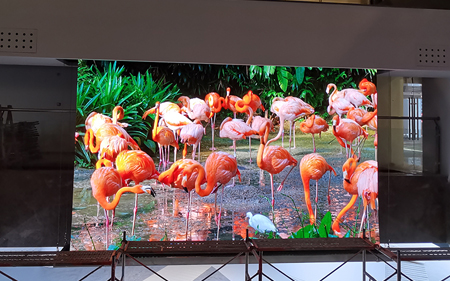Portable LED display refresh rate and resolution are both important metrics that describe screen performance and play a critical role in the screen's performance and visual effects. However, there are significant differences between them. Do you know the difference between the refresh rate and resolution of a portable LED display? Let ONUMEN explain for you:

The refresh rate refers to the number of times the portable LED display refreshes the image per second. This metric is measured in hertz (Hz). Common refresh rates include 60Hz and 120Hz. A higher refresh rate can reduce or eliminate the common issue of image ghosting. Higher refresh rates provide smoother images and animations, reduce visual fatigue, make dynamic images smoother and more natural, and in some cases improve the user experience.
Portable LED display resolution refers to the number of visible pixels on the screen, usually expressed as the number of horizontal pixels × vertical pixels, such as 1920 × 1080, commonly known as 1080p. Higher resolution means more pixels on the screen, allowing for more image detail and higher clarity, thus offering a better visual experience. To some extent, the resolution of the portable LED display directly affects image clarity and visual quality; higher resolution is generally more suitable for big screens or scenarios requiring fine image details.
Portable LED display refresh rate and resolution are two different technical parameters that impact the screen's smoothness and clarity, respectively.
Portable LED display refresh rate refers to the number of times the screen refreshes the image per second, while resolution refers to the number of visible pixels on the portable LED display. Refresh rate focuses on the speed of image updates, and resolution focuses on image clarity and detail. Together, both the refresh rate and resolution contribute to the visual effect of the display screen.
In summary, the refresh rate of a portable LED display focuses on the speed of image update, and the resolution focuses on the clarity and detail of the image. Together, they significantly impact the performance and user experience of the portable LED display. Therefore, when choosing a portable LED display, you need to balance the refresh rate and resolution according to your specific needs and usage. Different application scenarios require different display performance, and users need to compromise based on the usage scenario and budget to achieve the best visual effect.